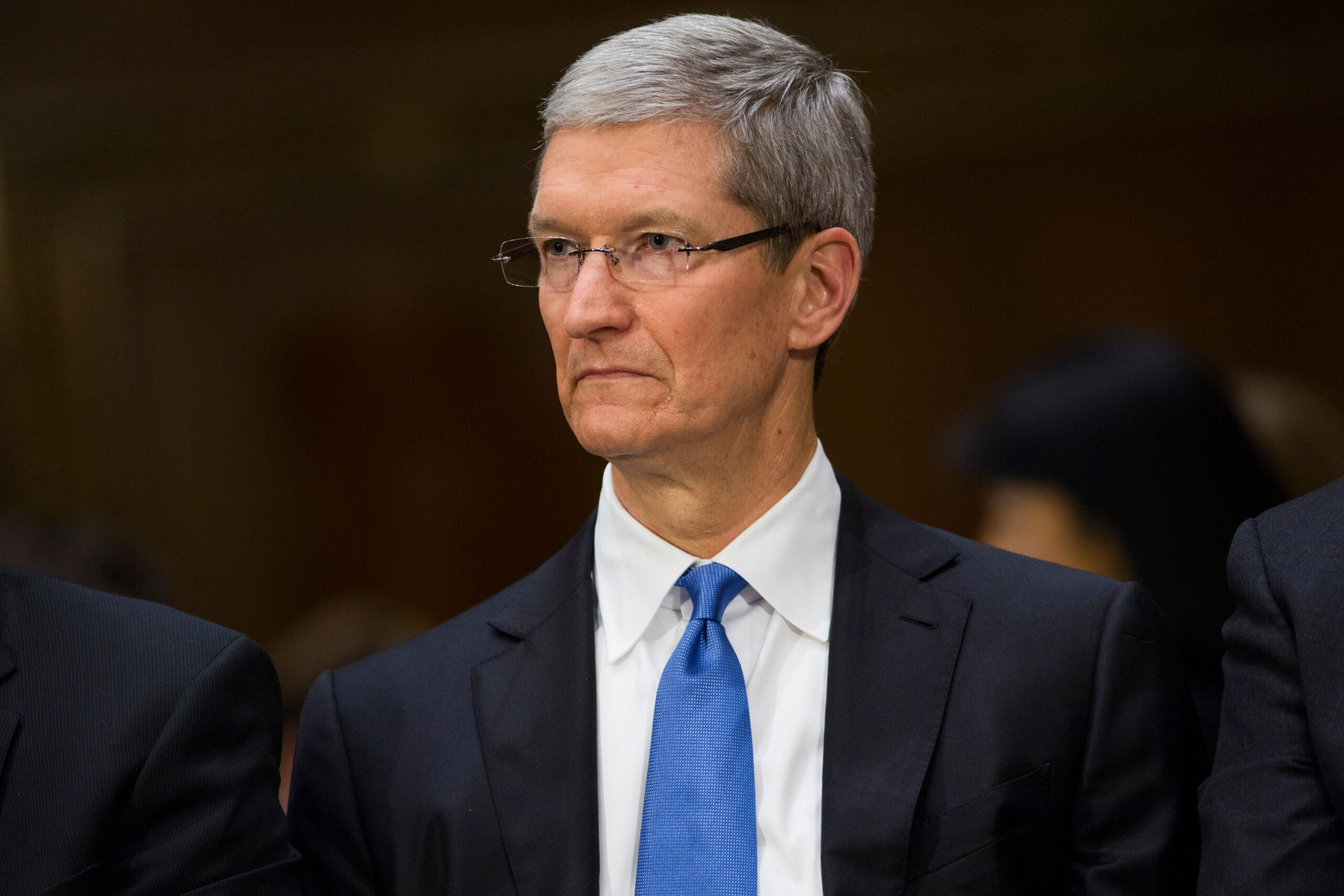Five months ago, the marketing world reacted with a touch of worry when Apple launched their new Mail Privacy Protection (MPP). New with iOS 15, MPP allows Apple users to hide their IP address from email marketers. Now that its’ been out for awhile, has MPP really had a big impact on email marketing?
What Is MPP?
First, an explanation. MPP does two things: it masks users IP address and it caches all images in an email. As a result, an email marketer won’t get any location data from a user with MPP enabled and can’t see if the email is opened or not. This applies to any Apple user who is using the Mail app, which is possible from an iPhone, iPad, or Mac computer operating macOS Monterey or later.
Here’s an important caveat: users have to opt-in. Opting in is simple, but the fact that it is not automatic has some important implications. Note that 77% of marketers surveyed by GetApp were under the misapprehension that MPP is automatic, not opt-in. Perhaps that’s why lots of marketers are panicking.
Change Isn’t Happening Fast
If you look at adoption rates, not that many users are opting in to MPP. This could have to do with users not knowing about the policy change, not wanting to take the steps to opt in, or not wanting to update.
Open rates seem to be rising. Omeda found that open rates have gone up about 5% since MPP launched. This proves that MPP does what it says it does. That is, Apple is caching all images, including any tracking pixels, making it look like emails are opened even if they aren’t necessarily. If MPP was more widely used, we’d expect an even greater open rate and we’d stop using open rates as a useful metric. This isn’t happening yet.
Bottom Line: Is MPP Killing Email Marketing?
The importance of MPP to email marketers is not immediate or to do with actual technical changes. The sky is not falling in email marketing land. The small number of Mail app users who have opted into MPP are now a dark spot when it comes to email marketing data, but open rates and IP information for all other users abound.
The real importance of MPP is what it means for the future. MPP is currently opt-in. In future iterations of iOS, this may not be so. Remember, File Vault used to be a feature Mac users could turn on and try out. Less than a year later, it became standard.
Moreover, Apple considers itself to be a pioneer in consumer privacy. When their privacy measure prove popular, other companies follow suit. For example, Google is working to limit third-party access to data, even though advertising is their bread and butter. It’s not unreasonable to expect that other companies are working on their own version of MPP.
Of course, change takes time and email is a massive beast. The bottom line is that your email marketing strategies that rely on IP information and open rates aren’t going to change too much anytime soon—but understanding the new complications with the metrics so you fully understand the impact will help you navigate the change in data loss and tracking nuances.
